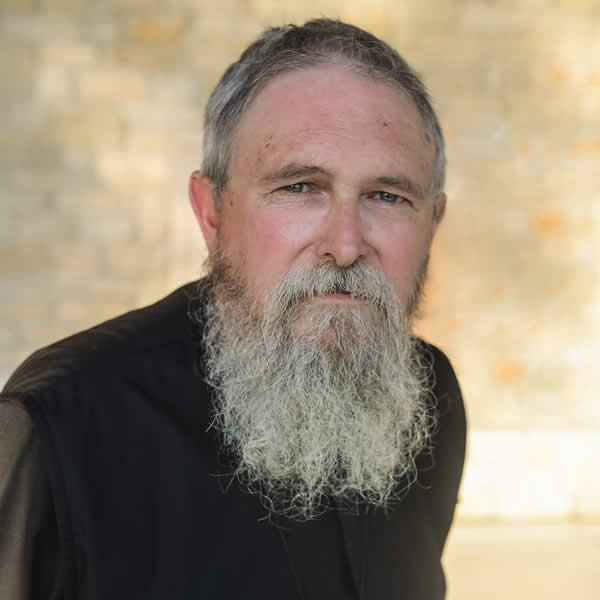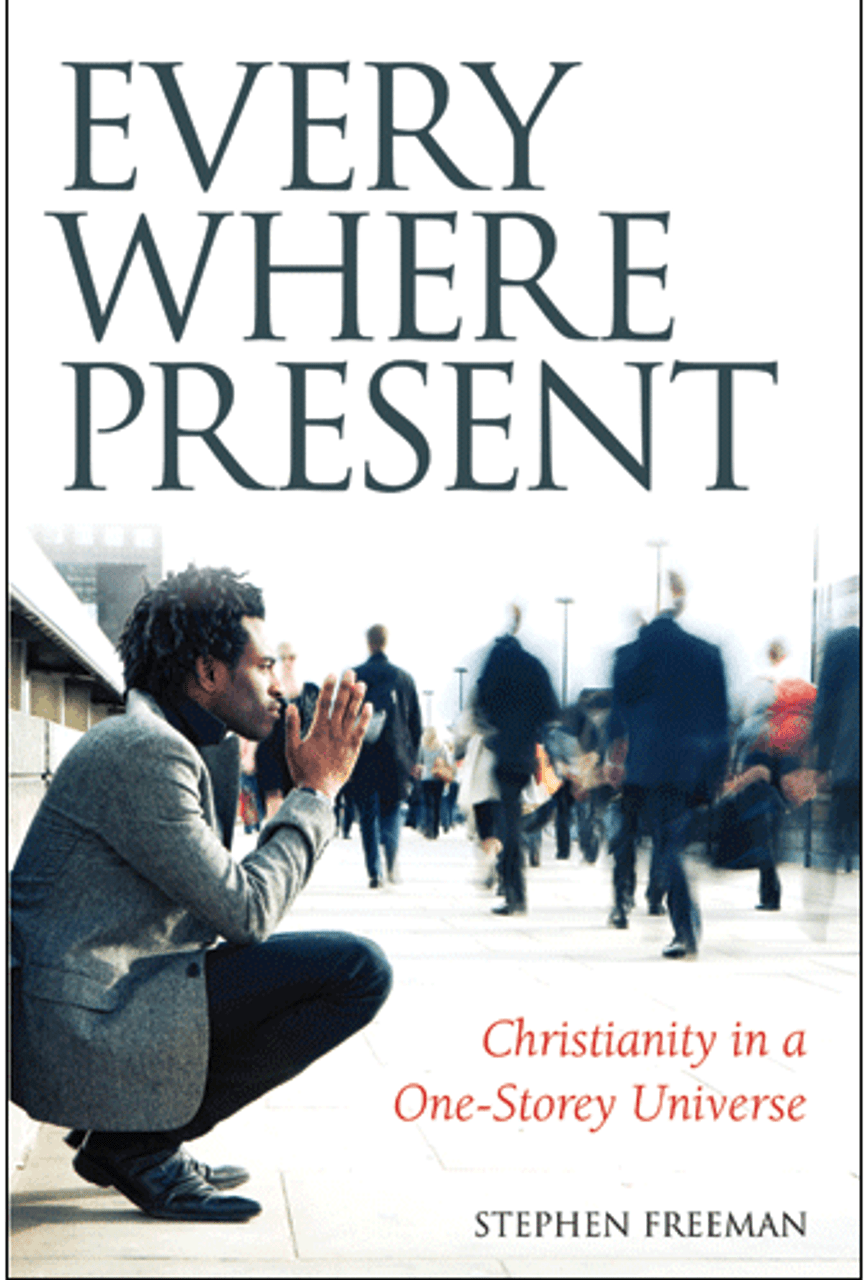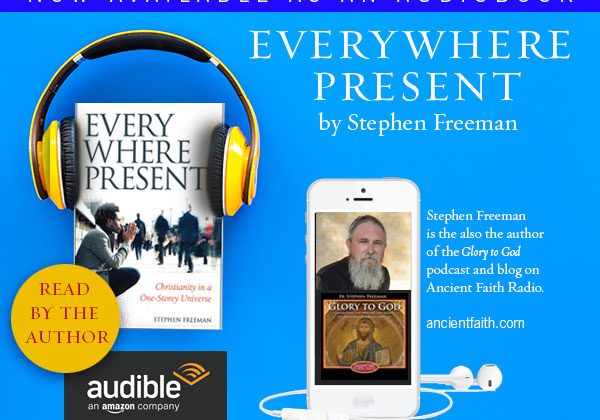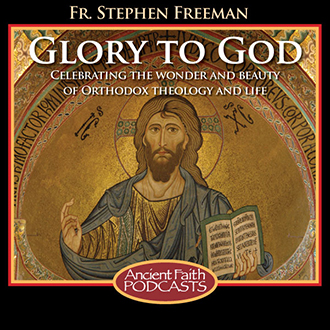
The mystery of the Cross begins in eternity, “in the sanctuary of the Holy Trinity, unapproachable for creatures.” And the transcendent mystery of God’s wisdom and love is revealed and fulfilled in history. Hence Christ is spoken of as the Lamb, “who was foreknown indeed before the foundation of the world” (Peter 1:19), and even “that hath been slain from the foundation of the world” (Rev. 13:8). “The Cross of Jesus, composed of the enmity of the Jews and the violence of the Gentiles, is indeed but the earthly image and shadow of this heavenly Cross of love.”14 This “Divine necessity” of the death on the Cross passes all understanding indeed. And the Church has never attempted any rational definition of this supreme mystery.
From Fr. Georges Florovsky, The Incarnation and Redemption
St. Maximus the Confessor speaks of creation beginning with the Cross, that is, Christ is/was creating all things when He was dying on the Cross. Such a notion, of course, is inconceivable until we understand that Christ’s death on the Cross is an eternal event as well as the historical event on Golgotha. It tells us about the very nature of creation, of the story of creation, and the story of ourselves who exist in the image of God.
We were created from the Cross. Thus when God created Adam, we note that Adam slept, just as Christ slept in death on the Cross. Adam’s side was pierced as Eve is taken from him. Christ’s side is pierced and His bride, the Church, His “Eve,” was birthed from His side as blood and water flowed (Eucharist and Baptism).
The direction of our lives (and that of all creation) is towards (to) the Cross…for it is from the Cross that Christ speaks the words, “It is finished (completed, fulfilled).” Whatever form will be revealed in our final state of being, when all creation is set free from its bonds, it will be in the form of the Cross, a transfiguration in which the very heights, depths, and breadths of the love of God in His self-emptying will be seen to have been the fulfillment of all things.
Our lives, as we move towards that fulfillment, is by the Cross, for each movement towards our conformity to the image of Christ is a movement of love, of self-emptying, kenotic love, in which our lives are fulfilled in each other, even as God chose to find Himself fulfilled in us.
“Before Thy Cross,
we bow down in worship, O Master,
and Thy holy resurrection, we glorify!”






Leave a Reply